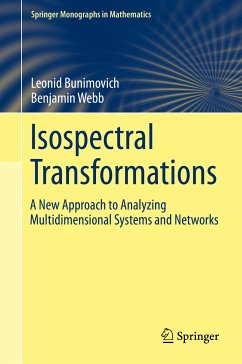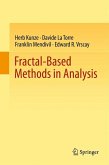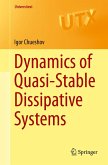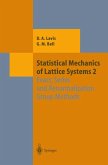This book presents a new approach to the analysis of networks, which emphasizes how one can compress a network while preserving all information relative to the network's spectrum. This approach can be applied to any network irrespective of the network's structure or whether the network is directed, undirected, weighted, unweighted, etc. Besides these compression techniques, the authors introduce a number of other isospectral transformations and demonstrate how, together, these methods can be applied to gain new results in a number of areas. This includes the stability of time-delayed and non time-delayed dynamical networks, eigenvalue estimation, pseudospectra analysis, and the estimation of survival probabilities in open dynamical systems.
The theory of isospectral transformations, developed in this text, can be readily applied in any area that involves the analysis of multidimensional systems and is especially applicable to the analysis of network dynamics. This book will be of interest to mathematicians, physicists, biologists, engineers and to anyone who has an interest in the dynamics of networks.
Dieser Download kann aus rechtlichen Gründen nur mit Rechnungsadresse in A, B, BG, CY, CZ, D, DK, EW, E, FIN, F, GR, HR, H, IRL, I, LT, L, LR, M, NL, PL, P, R, S, SLO, SK ausgeliefert werden.









